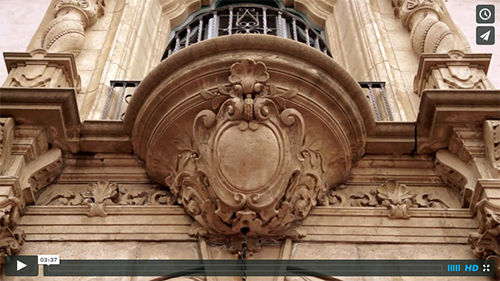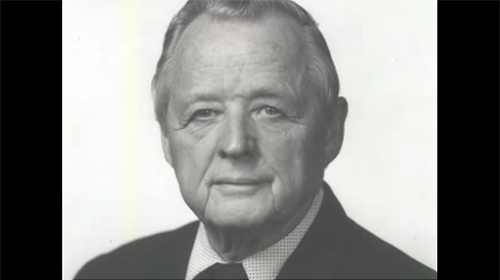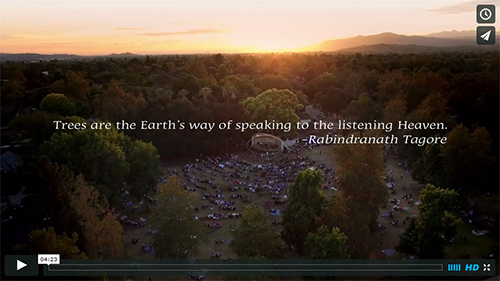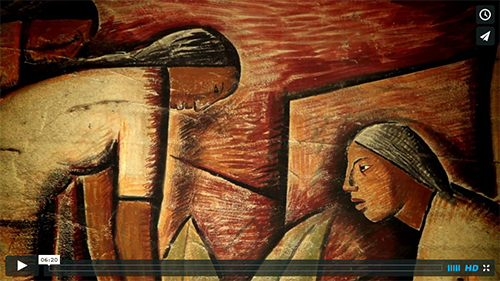 Click photo to view video - Claremont CA - Architecture and Culture
Click photo to view video - Claremont CA - Architecture and Culture |
Claremont, CA. Architecture + Culture
Much of what Claremont is today is the direct result of actions taken by the community's founders more than 100 years ago. Trees planted at the turn of the century now compete with nearby mountain peaks for dominance of the local skyline. The Claremont Colleges have become some of the nation's most highly respected educational and cultural institutions. The historic central core remains a vital residential and retail district, one of the last true "downtowns" in the region. And the spirit of Claremont's original "town meeting" form of self-governance lives on in today's active and involved citizenry—citizens who continue to build on the successes of the past in order to ensure an even brighter future.
|
Millard Sheets by his Friends

Click photo to view video - Millard Sheets by his Friends
|
 Click photo to view video - Tree Crisis in Claremont CA - City of Trees
Click photo to view video - Tree Crisis in Claremont CA - City of Trees |
Tree Crisis in Claremont, CA - City of Trees
We are in a Tree Crisis!
In the fourth year of a historic drought, Californians are being required to cut water usage. Many communities including Claremont, a Tree City USA, are losing mature trees that shade our homes and yards, clean and cool the air and contribute to our physical and emotional well-being.
Together We can Save Water and Save the Trees!
|
|
 Click photo to view video - Claremont CA - Public Art and Pomona Valley Artists
Click photo to view video - Claremont CA - Public Art and Pomona Valley Artists |
Claremont, CA - Public Art + Pomona Valley Artists
Claremont has been a lively arts community since the early 1930’s, mainly due to the influence that a young visionary, Millard Sheets, brought to the fledgling art department at Scripps College. Inextricably linked were the artists, craftspeople and architects that Sheets retained to teach, many who later made Claremont home, thereby influencing generations of artists and makers into the future. Claremont became a veritable hotbed of modernism and as Karl Benjamin would later say, “. . . the epicenter of the art world in Southern California in the 1950s and 1960s.”
|
|





